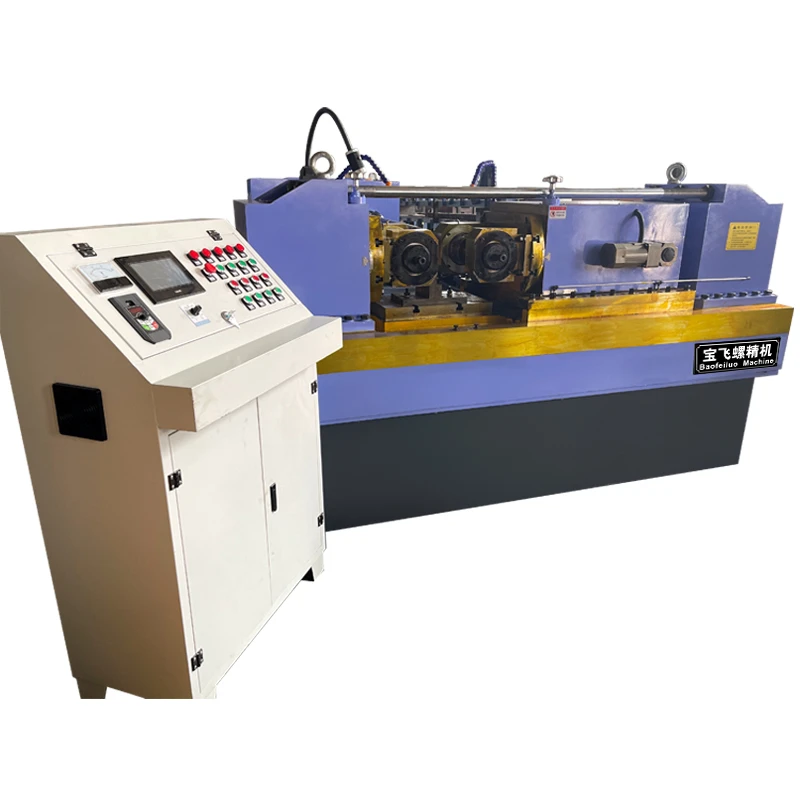
-
 Afrikaans
Afrikaans -
 Albanian
Albanian -
 Amharic
Amharic -
 Arabic
Arabic -
 Armenian
Armenian -
 Azerbaijani
Azerbaijani -
 Basque
Basque -
 Belarusian
Belarusian -
 Bengali
Bengali -
 Bosnian
Bosnian -
 Bulgarian
Bulgarian -
 Catalan
Catalan -
 Cebuano
Cebuano -
 Corsican
Corsican -
 Croatian
Croatian -
 Czech
Czech -
 Danish
Danish -
 Dutch
Dutch -
 English
English -
 Esperanto
Esperanto -
 Estonian
Estonian -
 Finnish
Finnish -
 French
French -
 Frisian
Frisian -
 Galician
Galician -
 Georgian
Georgian -
 German
German -
 Greek
Greek -
 Gujarati
Gujarati -
 Haitian Creole
Haitian Creole -
 hausa
hausa -
 hawaiian
hawaiian -
 Hebrew
Hebrew -
 Hindi
Hindi -
 Miao
Miao -
 Hungarian
Hungarian -
 Icelandic
Icelandic -
 igbo
igbo -
 Indonesian
Indonesian -
 irish
irish -
 Italian
Italian -
 Japanese
Japanese -
 Javanese
Javanese -
 Kannada
Kannada -
 kazakh
kazakh -
 Khmer
Khmer -
 Rwandese
Rwandese -
 Korean
Korean -
 Kurdish
Kurdish -
 Kyrgyz
Kyrgyz -
 Lao
Lao -
 Latin
Latin -
 Latvian
Latvian -
 Lithuanian
Lithuanian -
 Luxembourgish
Luxembourgish -
 Macedonian
Macedonian -
 Malgashi
Malgashi -
 Malay
Malay -
 Malayalam
Malayalam -
 Maltese
Maltese -
 Maori
Maori -
 Marathi
Marathi -
 Mongolian
Mongolian -
 Myanmar
Myanmar -
 Nepali
Nepali -
 Norwegian
Norwegian -
 Norwegian
Norwegian -
 Occitan
Occitan -
 Pashto
Pashto -
 Persian
Persian -
 Polish
Polish -
 Portuguese
Portuguese -
 Punjabi
Punjabi -
 Romanian
Romanian -
 Russian
Russian -
 Samoan
Samoan -
 Scottish Gaelic
Scottish Gaelic -
 Serbian
Serbian -
 Sesotho
Sesotho -
 Shona
Shona -
 Sindhi
Sindhi -
 Sinhala
Sinhala -
 Slovak
Slovak -
 Slovenian
Slovenian -
 Somali
Somali -
 Spanish
Spanish -
 Sundanese
Sundanese -
 Swahili
Swahili -
 Swedish
Swedish -
 Tagalog
Tagalog -
 Tajik
Tajik -
 Tamil
Tamil -
 Tatar
Tatar -
 Telugu
Telugu -
 Thai
Thai -
 Turkish
Turkish -
 Turkmen
Turkmen -
 Ukrainian
Ukrainian -
 Urdu
Urdu -
 Uighur
Uighur -
 Uzbek
Uzbek -
 Vietnamese
Vietnamese -
 Welsh
Welsh -
 Bantu
Bantu -
 Yiddish
Yiddish -
 Yoruba
Yoruba -
 Zulu
Zulu
Exploring Different Types of Thread Rolling Techniques in Manufacturing Industries
Types of Thread Rolling Factories A Comprehensive Overview
Thread rolling is a pivotal process in manufacturing, widely employed to produce threaded components for various applications, including automotive, aerospace, and machinery sectors. Thread rolling factories utilize specific techniques to fabricate these components efficiently and precisely. Depending on the production requirements and desired outcomes, various types of thread rolling factories operate under different methodologies. This article delves into the primary types of thread rolling factories and their unique characteristics.
1. Flat Die Thread Rolling Factories
Flat die thread rolling is one of the most common methods utilized in thread rolling factories. In this process, a workpiece is subjected to pressure between two flat dies, which have the desired thread profile engraved or stamped into them. The thread rolling occurs as the workpiece is passed through the dies, transforming its surface into a threaded form.
Flat die factories are often characterized by their high throughput capabilities and efficiency in producing medium- to high-volume products. These facilities typically focus on small to medium-sized components and can adapt to various thread sizes. The flat die method is particularly advantageous for producing threads with high dimensional accuracy and favorable surface finishes.
2. Circular Die Thread Rolling Factories
Circular die thread rolling factories employ a different technique, utilizing cylindrical dies instead of flat ones. In this process, the workpiece is rotated while it is pressed between two cylindrical dies. This method is particularly suitable for producing long components and continuous threads, as it allows for smooth and uniform threading without significant material waste.
Circular die factories often cater to industries requiring long bolts, screws, and pipes. The consistency and strength of the threads produced by this technique make it a preferred choice for applications subject to high stress or load. However, it demands precise alignment and calibration of the dies to ensure the accuracy of the threads.
types of thread rolling factory

3. In-Line Thread Rolling Factories
In-line thread rolling factories integrate thread rolling into an automated production line. This method allows manufacturers to efficiently produce threaded components while minimizing manual intervention. In-line setups typically consist of a series of machines that handle various stages of production, including shaping, threading, and finishing.
This type of factory is advantageous for mass production scenarios, providing high efficiency and reduced lead times. In-line thread rolling is particularly useful in automotive and machinery manufacturing, where consistency and volume are critical. However, the initial investment in automated technology can be substantial.
4. Custom Thread Rolling Factories
Some factories specialize in custom thread rolling, where they cater to client-specific requirements. These facilities are equipped with versatile machines that can be adjusted to produce various thread types, sizes, and profiles. Custom thread rolling factories often work closely with engineers and designers to create specialized components for niche applications.
While these factories may produce lower volumes compared to standard factories, they play a crucial role in industries requiring bespoke solutions. Their flexibility allows for the development of new products while ensuring that clients meet specific performance standards.
Conclusion
The diversity of thread rolling factories—ranging from flat die to custom operations—highlights the versatility and importance of the thread rolling process in modern manufacturing. Each factory type brings its unique set of capabilities, which is vital for meeting the specific needs of various industries. As technology continues to advance, thread rolling factories are likely to evolve, enhancing their efficiency and product quality, thus playing a crucial role in the future of manufacturing.
